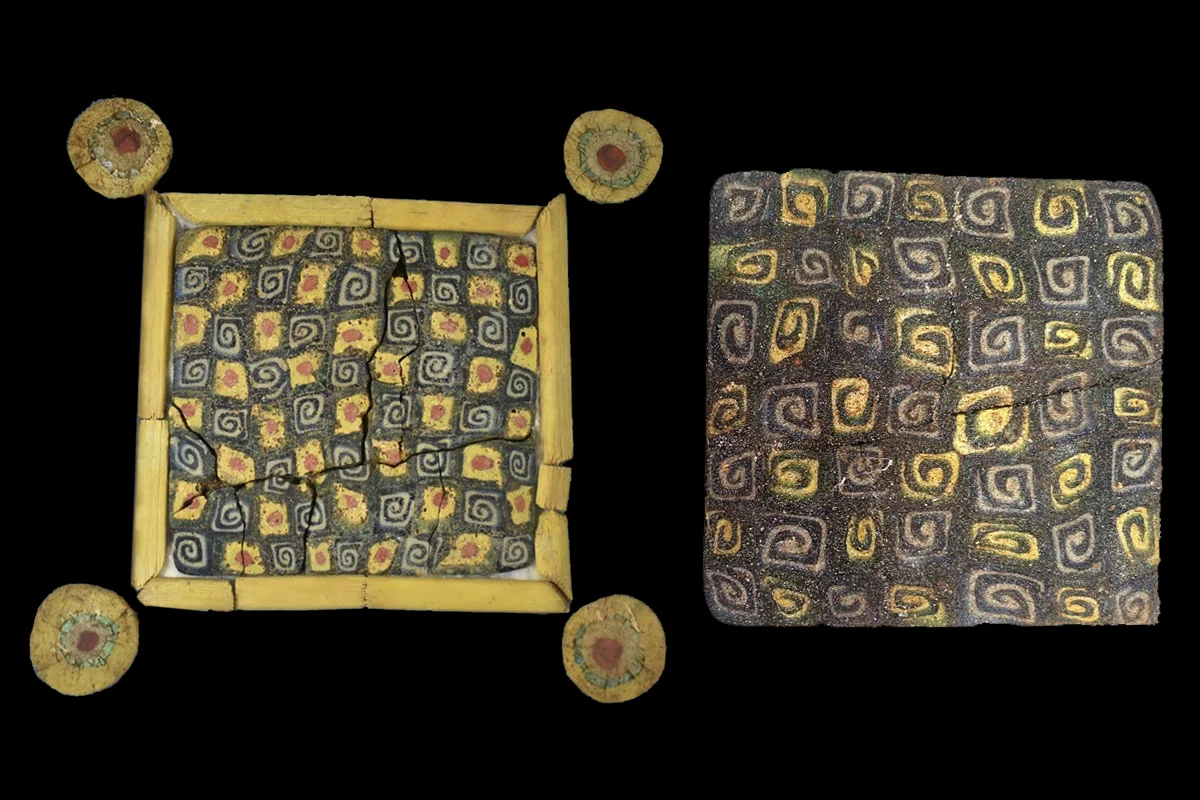Archaeologists from the Ministry of Culture and Tourism, working in collaboration with Akdeniz University, have discovered millefiori glass plaques during excavations of ancient Andriake.
Andriake was an ancient port in the modern Demre district of Antalya Province, that served the Lycian city of Myra in present-day Türkiye.
The port is also believed to be where Paul the Apostle and his companion prisoners were put on board the Alexandrian ship sailing for Italy.
As part of the “Heritage to the Future” project, archaeologists have discovered millefiori glass coating plaques that date from the 5th century AD.
Millefiori is a glassmaking technique that creates unique decorative patterns on glassware. The name comes from the Italian words “mille” (thousand) and “fiori” (flowers).
The millefiori technique involves creating glass canes or rods called murrine, which feature multicolored patterns visible only from the cut ends. The murrine rod is heated in a furnace and stretched until thin, preserving the design of the cross-section. Once cooled, the rod is cut into beads or discs.
The knowledge for creating millefiori was lost by the 8th century AD, and the technique was not revived until the 19th century.
The plaques uncovered at Andriake depict flowers in various colours and geometric shapes, marking the first discovery of such abundant examples in Türkiye. According to the Ministry of Culture and Tourism: “The millefiori coatings that came to light in Andriake are so important that they can be considered among the most important findings this year in Türkiye.”
Archaeologists suggest that the plaques were used to decorate the walls of a high status structure in the customs area of the ancient port.
Excavations also uncovered square and round glass rosettes, in addition to the remains of frames which are also made of glass.
Header Image Credit : Ministry of Culture and Tourism
Sources : Ministry of Culture and Tourism





